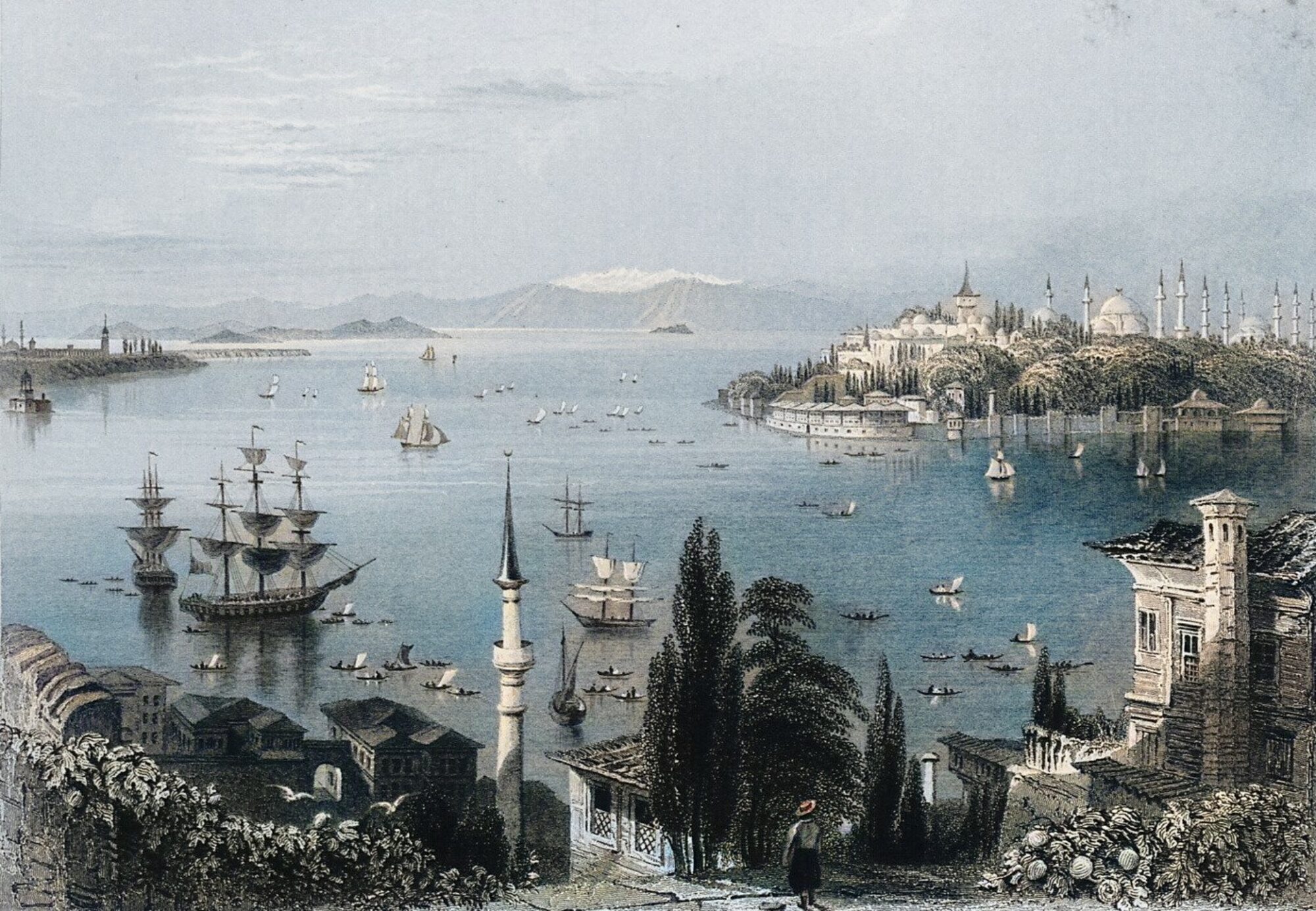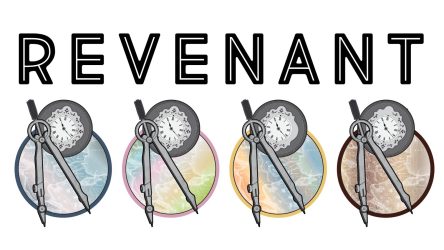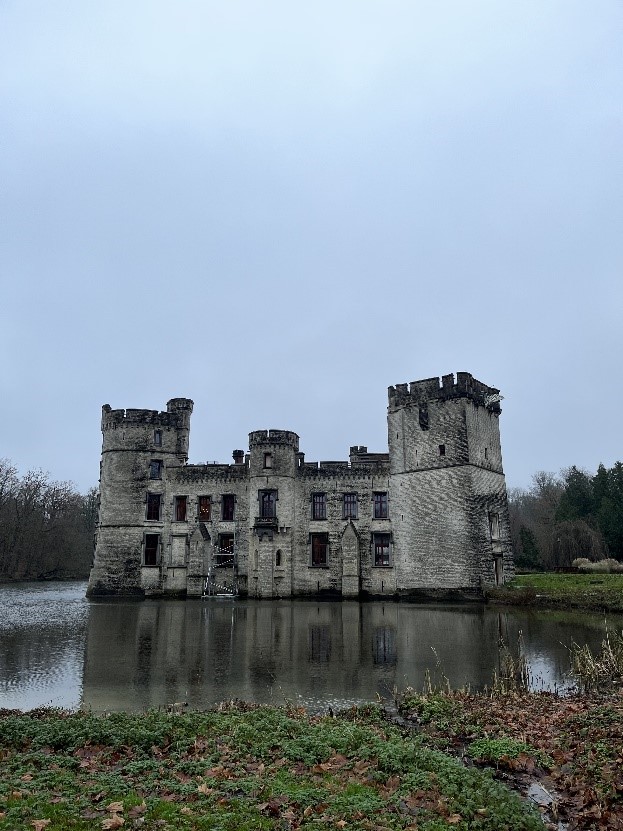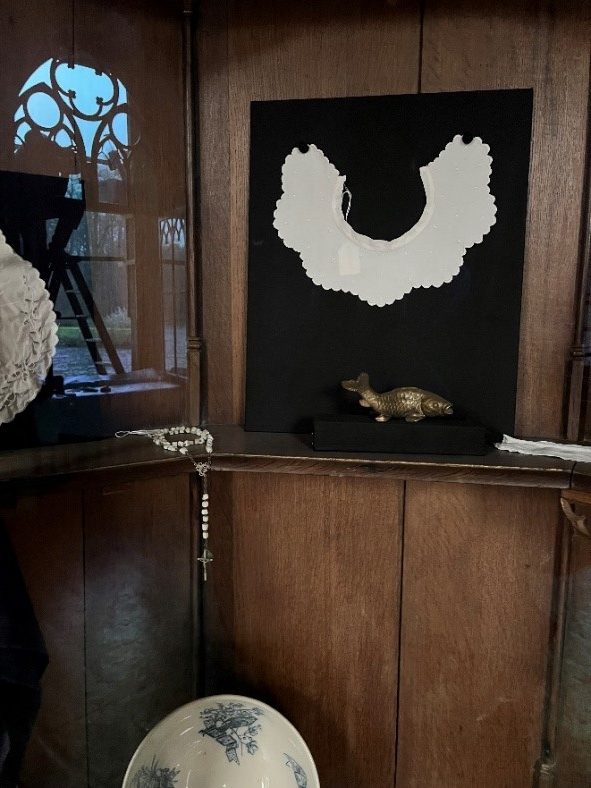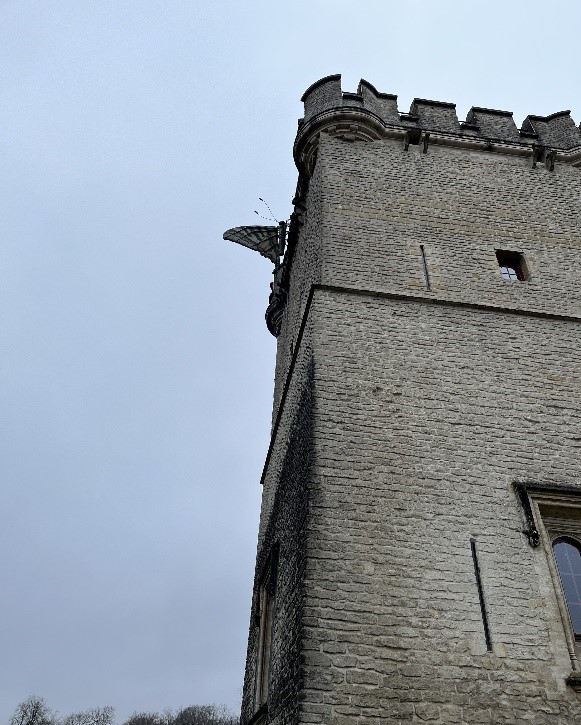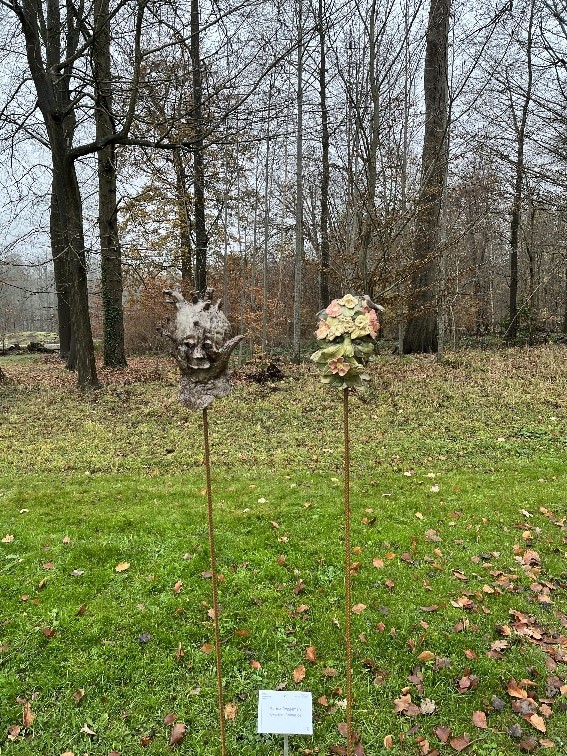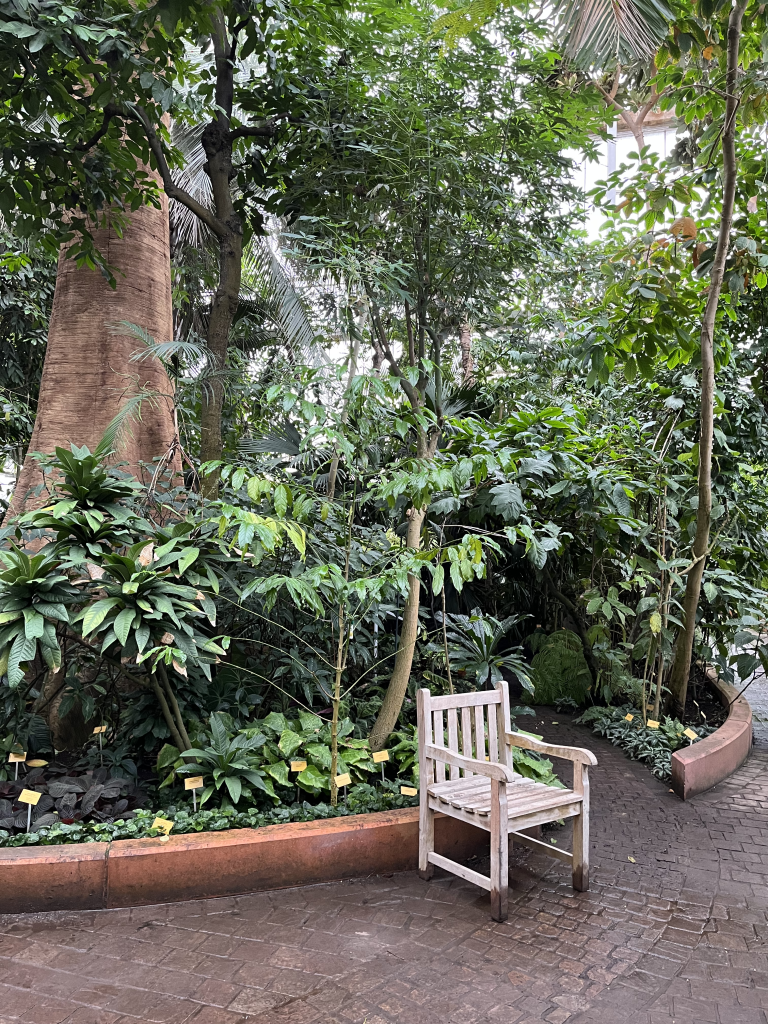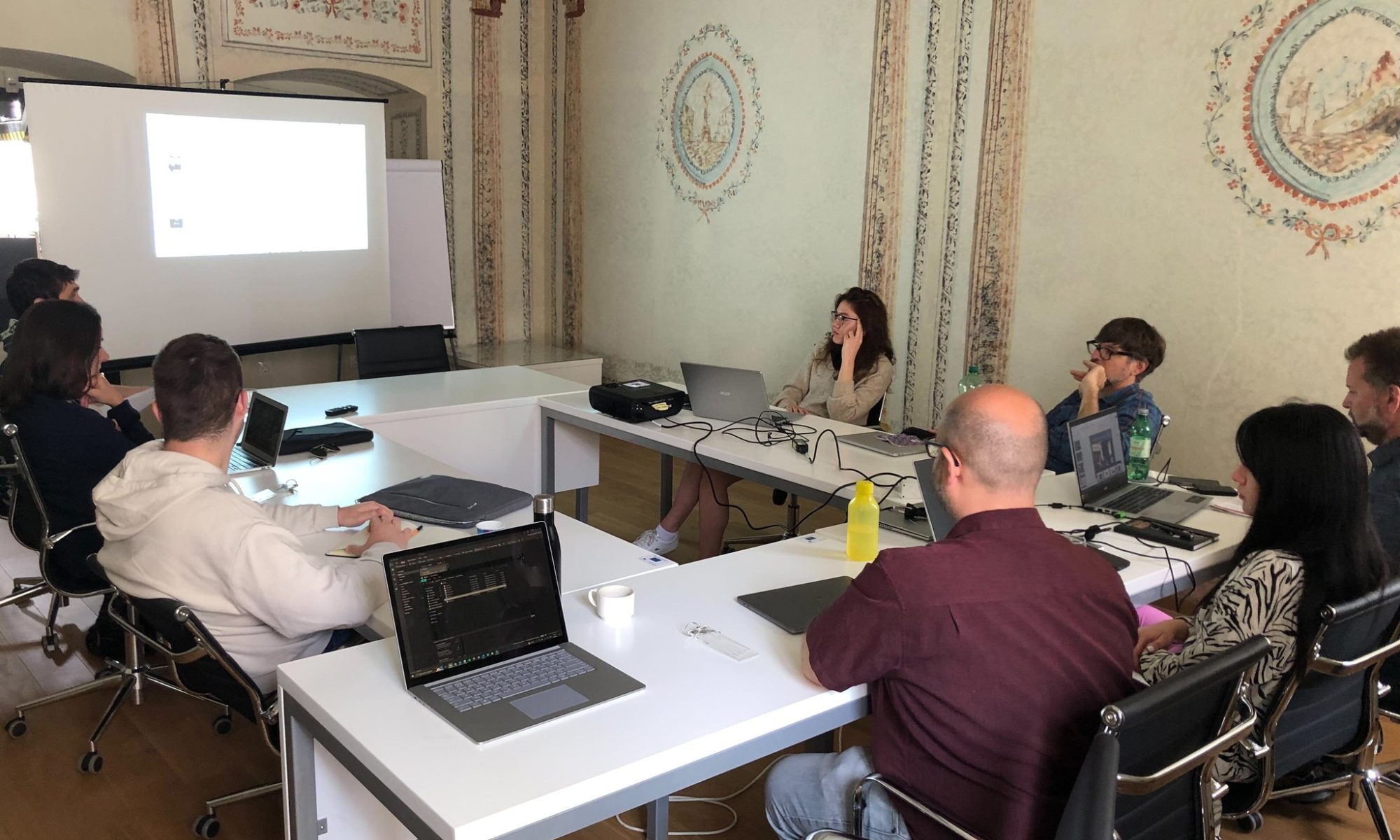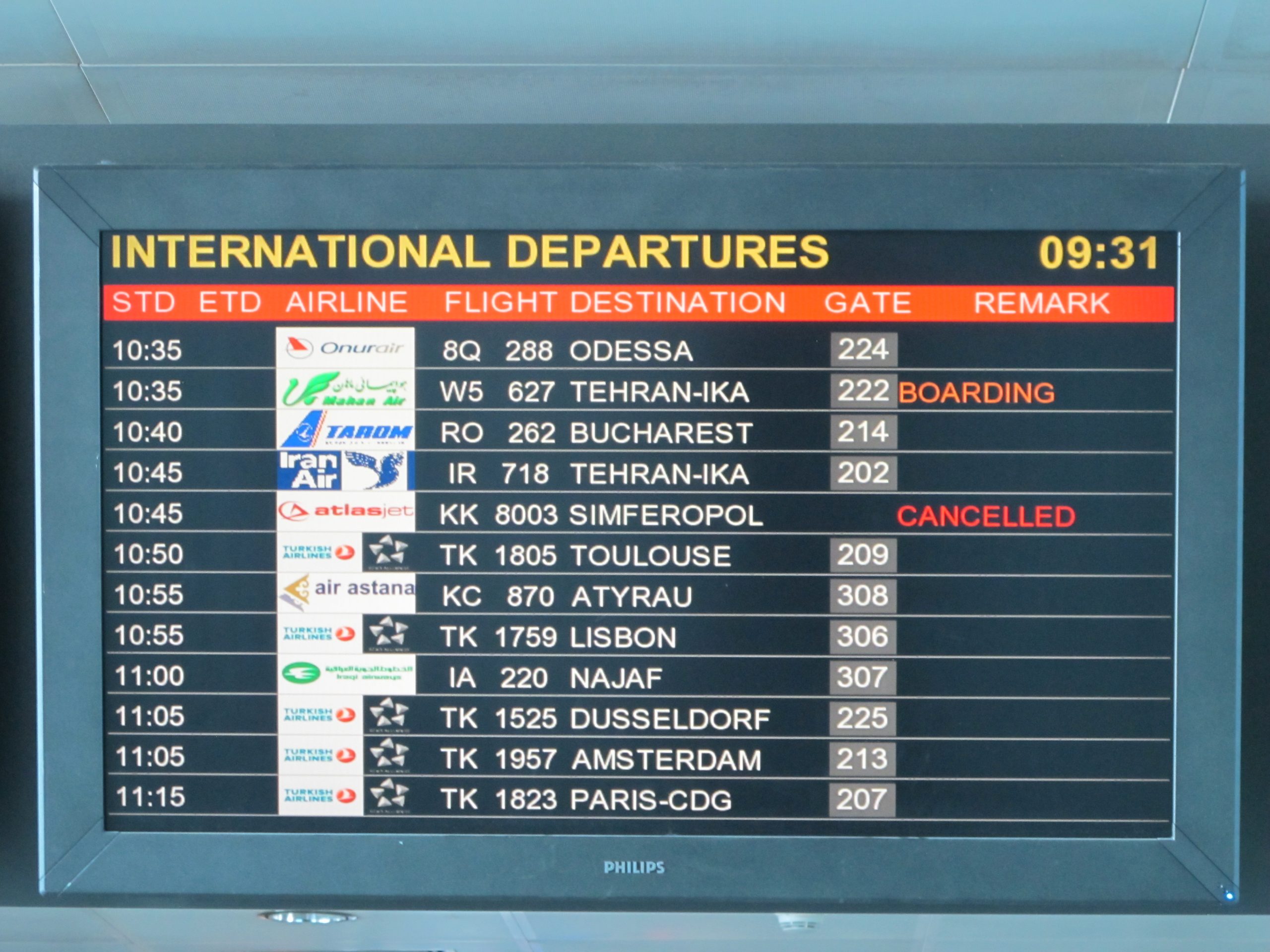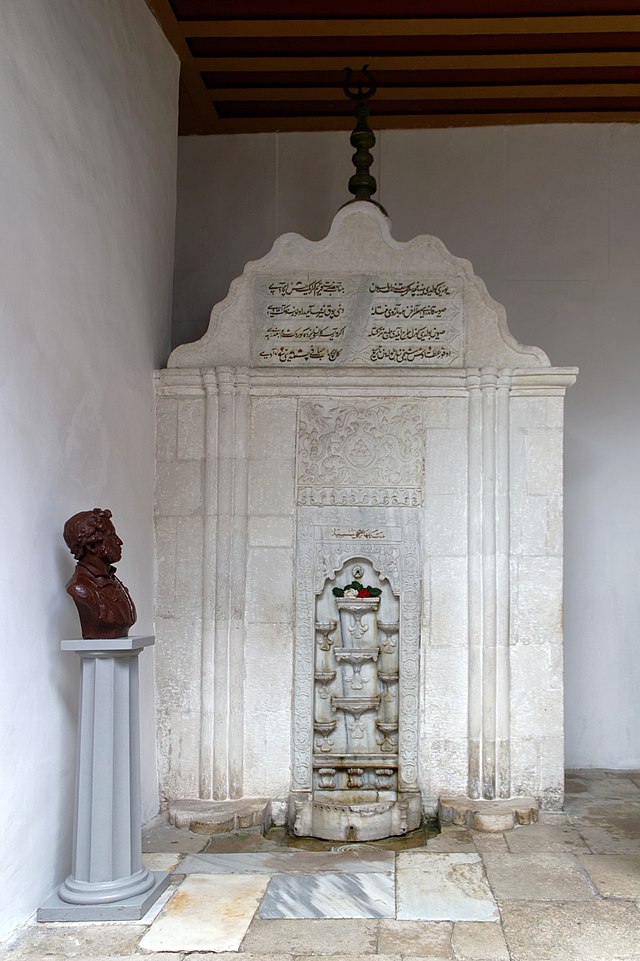By Goran Stanić
Vjeran Pavlaković (VP) is a full professor at the Department of Cultural Studies, Faculty of Philosophy, University of Rijeka. He teaches courses on theoretical and comparative approaches in memory studies, cultural history of Southeast Europe, Latin America, and revolutions of the 19th and 20th centuries. He received his doctorate in 2005 at the University of Washington on the topic of the social and political impact of the Spanish Civil War in the Kingdom of Yugoslavia. In his scientific works and as a leader of research projects, Professor Pavlaković extensively thematized the political dimension of regional commemorative practices related to war episodes of the 20th century. Together with Davor Pauković and Nikolina Židek, he edited the book ‘Framing the Nation and Collective Identities. Political rituals and the culture of memory of the traumas of the 20th century in Croatia’, which deals with seven mythical places of the Croatian political past, published in Croatian in 2022 by Srednja Europa. Vjeran is also a member of REVENANT’s advisory board and a longstanding friend of the project. He was interviewed by Goran Stanić (GS) and the interview was originally published in Croatian at prometej.ba.
GS: In the last few decades, on a global level, we have witnessed a great increase in interest in memory studies, which has also gained momentum in our region, since the political past creates our present, and it can be said that it dictates the rhythm of the future. Since you are a historian by profession who mainly deals with the political and cultural role of collective memories, I would like to start by asking you what is the connection on the one hand, and the gap on the other, between memory studies and historiography? In other words, how does memory studies complement historiography that pretends to be objective?
VP: When I returned to Croatia in 2006 to work on my first project related to memory studies, I encountered a lot of confusion and sometimes even resistance to what I was doing from local historians, since the discipline of history in the region tends to be conservative, especially twenty years ago. Historiography and the writing of history by professional scholars was focused on top-down political histories with an obsession of archival documents. The field of memory studies, however, opens up the path for looking at how history is constructed, interpreted, and remediated more broadly in society, and in my opinion allows for a more nuanced and critical analysis without being constrained by the disciplinary logic of using exclusively official archives. The cultural turn and the memory boom that transformed historiography in the West decades ago finally arrived in the former Yugoslavia, and I think that younger scholars, including those who have been educated abroad, have been producing a considerable body of work in recent years. This trend has enriched our understanding of the recent past, especially controversial eras such as World War 2, Yugoslav socialism, and the wars of the 1990s. Memory studies complement classical historical approaches, since access to archives are controlled by the state and are available only to certain historians, or contain documents that provide a limited picture of past events, as we have seen in Holocaust research. However, a focus exclusively on memory politics neglects some of the fundamental facts and chronologies that allow us to properly situate how the past is instrumentalized in the present. Both memory studies and historiography are subject to ideological interpretations, and therefore I fully support a dialogue between methodologies and an interdisciplinary approach in researching the turbulent 20th century. Both scholars and students need to get in the field in order to observe this interaction between official historical narratives and their dissemination in public space, whether through memory sites such as concentration camp memorial museums or pop cultural reinterpretations.

GS: The Bulgarian writer Georgi Gospodinov writes in his latest novel “Time Shelter” (2022) that happiness “is not the foundation stone on which you build your church and state. Luck does not enter history textbooks (there are battles, pogroms, betrayals and the bloody murder of an archduke), nor does it enter chronicles and annals”. How do you view this statement after years of research work on this very topic? Do collectives even remember happy historical epochs, that these epochs are not related to the “liberation” of their territories, which always means that someone’s misfortune is on the other side?
VP: I would agree there is an overemphasis on necropolitics and the dark, tragic episodes of history, particularly in the Balkans. Studying monuments and other memorial sites for nearly two decades, I have seen quite a few mass graves, concentration camps, and museums dedicated to various atrocities. One explanation is certainly the emotional power of these tragedies, which can be mobilized by political actors more easily than promises of a better but abstract future. I think socialist Yugoslavia had partially succeeded in selling a positive vision of the future, but we saw that this ultimately failed to convince the population to continue working for that possible outcome that might not ever be realized. Another explanation, regarding memories of happy epochs, is that countries such as those in Southeastern Europe have undergone multiple political changes in the past 100 years, and each new regime or ruler seeks to delegitimize what came before. Therefore, the commemorative culture focuses on the negative aspects of the past that the allegedly better present has resolved. There are always groups that challenge the present regime with a nostalgia for fallen empires or states, but I believe your question was related to official memory politics. The interwar Yugoslav state feared Habsburg nostalgia, and today there are both Yugonostalgics and those who use the symbols and rhetoric of the NDH (Independent State of Croatia) to criticize the contemporary neo-liberal and pro-EU policies in Croatia. I think the political elite would undermine themselves and their claims for improving the lives of their citizens if they celebrated a happy past that no longer exists, and moreover, helped destroy. Mythical glorious pasts, such as the medieval kingdoms celebrated in Croatia, Serbia, North Macedonia, and other countries are fine, since these are distant enough that there are plenty of other factors to blame for their collapse, usually neighboring peoples or foreign empires.
As a counter example to this focus on the negative past, we can analyze the memory politics of the USA, which celebrated its history and glorified the country’s often bloody path to world superpower. Defeats, mistakes, and the darker episodes of the past were generally ignored (victims of imperialist interventions), superficially acknowledged (Vietnam War), or instrumentalized (the Lost Cause myth of the Confederacy). This approach was criticized both domestically and abroad, and in recent decades we have widespread efforts at engaging with this darker side of the American legacy, including slavery, rights of Native Americans, the socio-economic consequences of capitalism, and a foreign policy based on military power. A recent example is the opening of the Freedom Monument Sculpture Park in Montgomery, part of the city’s „Legacy Sites“ that unflinchingly depict the tragic histories of enslaved and indigenous peoples in Alabama and the whole country. This kind of dealing with the past is not easy, and we can observe the deep ideological divisions and cultural wars in the USA at the moment, often times associated with how Americans should learn about history in textbooks, public space, and popular culture.

GS: To move from the theoretical framework to the concrete practices of our region, we can use the words of the French historian Ernest Renan, for whom, in a similar way, the memory of heroic deeds and suffering actually holds the nation together. Post-Yugoslav societies, without distinction, constantly confirm the correctness of the mentioned words. Of the recent events, in Bosnia and Herzegovina, that is, the entity of Republika Srpska, the controversial January 9 was marked again. In Sarajevo, there is a debate about whether the city needs another war memorial in the shape of a tank, in Croatia, a history textbook was recently withdrawn in the middle of the school year, while in Belgrade, the Draža Mihailović museum was opened. How different is dealing with the past in post-Yugoslav societies?
VP: As I mentioned previously, the dominant narrative in almost every Yugoslav successor state includes a nationalist view of the past, and identifies the 1990s as a breaking point with a communist system that had allegedly held each nation back from achieving their full potential. Therefore even countries such as Serbia or North Macedonia, which did not initiate independence movements, now consider the collapse of Yugoslavia as foundational moments for the post-communist present. Each country portrays itself as the biggest victim of communism, and has a collection of fallen victims and heroes from the 1990s who sacrificed themselves for the new nation-state. Although the legacy of communism is handled with varying degrees of negativity across the region, each country has rehabilitated anti-communist fighters from World War 2, most of whom had collaborated with Axis occupying powers at one point or another. Consequently, this has the effect of demonizing the Partisan movement and ultimately calling into question the antifascist foundations of these countries. The examples that you give show that these nationalist and militarist interpretations of the past are produced not only through monuments and sites of memory, but textbooks, popular culture, political speeches, institutions such as museums and archives, and commemorative practices. The common antifascist struggle from World War 2 has been replaced by inward-looking nationalist accounts that have turned collaborators into innocent victims of communist terror and the modernizing socialist Yugoslav project into an exclusively repressive system that subjugated national aspirations. This of course distorts the much more nuanced post-World War 2 past, obscures the reality that each nation had perpetrators during the conflicts of the 20th century, and limits post-Yugoslav societies to feel empathy for the victims of other ethno-national groups.

GS: In the recently published book Framing the Nation and Collective Identities (Srednja Europa, 2022; English edition by Routledge, 2019) various authors explore the political dimension of commemorating the suffering at the important killing grounds of the Second World War, i.e. Bleiburg, Jasenovac, Jazovka, Brezovica and Srbi, as well as the commemorations in Knin and Vukovar related to the last war. What are the specifics of the research methodologies in the collection and what are the results of some of the research, that is, to use the title of the book, in what ways do these places frame the nation and collective identities?
VP: The idea for the project (Framing the Nation and Collective Identities: Political Rituals and Cultural Memory of the Twentieth-Century Traumas in Croatia, funded by the Croatian Science Foundation) and book resulted from our observation that the Croatian political elite, which has similarities with other elites across the region, frames the 20th century past in a way that legitimizes their contemporary ideological positions but distorts the historical record. Leftist parties use World War 2 commemorations to reinforce their antifascist credentials and fundamental EU values, while right-wing parties focus their memory politics on the victims of communism to demonstrate their anticommunist stance, which is also justified by situating this discourse within the EU’s condemnation of communist crimes. Whereas the political parties in Croatia are quite divided over World War 2 (the commemorations of Bleiburg and Jasenovac are perhaps the most explicit examples), Homeland War commemorations reveal that there is more of a consensus regarding the official narrative of that conflict, which was ultimately a foundational event for the contemporary Croatian state. The research team was quite interdisciplinary, and our focus over four years was to attend seven key commemorations and record all of the commemorative speeches in order to create a linguistic corpus that is still available online (www.framnat.eu). We compared the various discourses and framing strategies by the “mnemonic actors” who attended these commemorations, and we were lucky that we could observe how these speeches changed as different politicians took power over the timespan of the project (2014-2018) that included both presidential and parliamentary elections. In addition to the speeches, we observed various protocols and political rituals at the commemorations, closely followed the media reporting on the events to see how the messages from the commemorations were transmitted to the wider public, and interviewed key mnemonic actors. For the edited volume we invited several other scholars to work with our database of materials and to bring their own methodologies in analyzing how the 20th century past was framed in the present. This detailed study confirmed many of our hypotheses that I had mentioned earlier about the nationalization of collective memory – the ideological positions of the various mnemonic actors and their political parties determined how the tragic events of the past century would be framed for justifying national policy in the present. The ongoing observation of commemorative practices in the region indicates that while EU membership has lessened the need for dramatic symbolic politics in Croatia, Serbia and Bosnia-Herzegovina still tap into this powerful emotional reservoir to keep the current elite in power.

GS: You collaborated on various projects with civil society associations with the aim of presenting war history in a more nuanced way than the myths officially supported by political elites, to mention only the Memoryscapes of the Homeland War that you published for the Croatian branch of the Youth Initiative for Human Rights in 2022. In this regard, civil society associations participate in the processes of transitional justice by confronting the past, while taking a clear stance towards the crimes committed by members and representatives of the nation to which we nominally belong. What is the role of civil society in the region and does it achieve good results in this regard?
VP: The regional NGOs dealing with the past were crucial in bringing alternative narratives of the 20th century conflicts into the public sphere throughout the Yugoslav successor states. While there were always academics working to challenge the new, nationalist interpretations of the past, their impact was often limited to a few classrooms or circles of like-minded intellectuals. The organizations you mentioned enabled a much-broader audience to reflect on the dramatic events of the 1990s, or even the 1940s, through exhibitions, round-tables, protests, public interventions, policy papers, and a media presence that is unavailable to most traditional scholars. Civil society is important in challenging the top-down national narratives which seek to portray the nation-state in the best of lights, particularly considering the bloody conflicts throughout the 20th century. Since most of the new states that emerged from Yugoslavia’s collapse had uncertain borders, legacies of state violence, corruption, unfriendly neighbors, and general instability, it is not surprising that the state-building strategies were founded upon instilling loyalty into the population, demonizing past regimes, and Othering neighboring states as dangerous threats to territorial integrity. The difficult, and often perilous, work by regional NGOs (Documenta, Humanitarian Law Centre, Centre for Peace, non-violence and human rights Osijek, etc.) is definitely something that needs to be recognized and commended, since they functioned as a counterweight to the merciless historical revisionism of the past three decades.
GS: How do you view the fact that the Initiative for RECOM, a regional platform for establishing facts about war crimes, never came to life precisely because of the lack of political will?
RECOM, much like the controversial concept of reconciliation, was always a process rather than an end point, and even though it has not achieved its goals due to the lack of political will that you mention, the initiatives and activities organized by the members of the coalition certainly contributed to a more pluralistic understanding of the past. Moreover, it enabled scholars, activists, war veterans, politicians, religious community members, victims’ groups, journalists, and many others across the region to interact and share their experiences, which would have otherwise been impossible, since many of the political elites in these countries sought (and still seek) to create isolated, nationalist echo chambers. Dialogue, communication, empathy, and an understanding of the Other threatens the nationalist paradigms that keeps many of the elites in power.
GS: Monumental heritage is an important material for studying how societies and official state policies relate to their past. It is known, for example, that in Croatia alone, approximately half of the anti-fascist memorials were destroyed after independence. Globally, in the wake of the Black Lives Matter movement, many monuments have been removed or vandalized in the US and Europe due to their direct racist or colonial connotations. If the story usually comes down to how collectives remember, do you think that the other side of the coin, namely collective forgetting, is perhaps not an equally important topic?
VP: Absolutely. When I speak about collective remembrance, I always bring up the concept of collective amnesia, as they often go hand in hand. A country’s calendar of national holidays is a good litmus test of seeing what historical moments political elites consider to be important, and what events are erased from the national consciousness. Monuments and other sites of memory are perhaps more visible examples of a nation’s memoryscape, especially during dramatic transitions such as in the 1990s in the former Yugoslavia or over the past thirty years in the post-Soviet space, which has undergone several waves of transformation as Russia has periodically sought to reestablish its former empire: the war in Georgia in 2008, the annexation of Crimea in 2014, and the full-blown invasion of Ukraine in 2022 all spurred new phases of monument removal across formerly communist Europe. However, the destruction of monuments and the erasing of individuals from collective memory (Damnatio memoria) is nothing new; in fact it accompanies every significant political, social, and cultural transition. Sometimes societies democratically agree to remove symbols, images, or individuals from public space that are no longer considered appropriate, as was the case across the US after the events of Black Lives Matter, but more often than not it is a top-down decision or officially sanctioned destruction that ignores the will of the citizens. The construction of new memoryscapes, especially in the former Yugoslavia, is also carried out by the decisions of a few mnemonic actors rather than a broader community decision. In Croatia the erection of monuments is more regulated now than in the immediate post-war years when all kinds of memory sites were created regardless of accuracy, aesthetics, or appropriate symbols. In the past few years we can observe a rapid rise in mnemonic mural-making that fills public space with all kinds of images that are not subject to official approval or regulation.

GS: In addition to the classic ways of marking the past through memorial architecture, monumental heritage or designation of public spaces, various other artistic and activist forms also serve the purpose of collective memory. You are known among your colleagues as a graffiti and mural hunter. What is their role in marking the past?
VP: I touched upon one of the reasons for the emergence of this new media, murals and street art, in the previous question, i.e. the increasing regulation of monument-making means that more resources (time, money, and paperwork) are needed for locally created memory sites. However, I think there are other reasons, both global and regional, that have sparked the mural boom, which is the subject of my contribution to the new Slovenian-Croatian project, MEMPOP: Mnemonic Aesthetics and Strategies in Popular Culture (https://mempop.eu/). Firstly, street art as a worldwide phenomenon has been impacted by social media, since murals, graffiti, and other forms of interventions in public space can be easily shared via a variety of apps. Secondly, the regulation of official monuments in Croatia means that controversial symbols (such as the Ustaša slogan Za dom spremni or a Croatian chessboard coat of arms with a white field first) are more easily kept off of a statue or memorial space. Additionally, murals offer visuals (images of soldiers, scenes of combat, iconic buildings) that monuments, which are largely abstract in the Croatian Homeland War memoryscape, simply cannot portray. Finally, murals occupy a semi-legal zone because their creators do not always receive permission to paint them on buildings or other objects (such as the image of the convicted war criminal Mihajlo Hrastov on a bridge owned by Croatian Railways), yet the authorities rarely have the will to remove them. It was a logical shift from studying monuments (expensive state-funded memorial sites that are often ignored by the vast majority of citizens) to studying mnemonic murals (often a bottom-up group or community activity), since they offer dynamic artistic elements that are noticed by more people. We can also see that the sophistication of mnemonic murals and political graffiti has improved from the early scrawled “Vukovar” tags to the epic murals covering viaducts (Crikvenica), underpasses (Zagreb), or kilometers of city walls (Split).
GS: You grew up and spent most of your life in the USA, only after your doctorate did you move to Croatia as a returning scientist. Because of this, you have the privilege of being able to look at both contexts that define you in life and professionally from an external perspective, as a partial outsider. What are the similarities and differences between American, European or Balkan practices of memory cultures? Can they learn from each other or are certain commemorative paradigms uncritically imitated?
VP: I do think my experience of growing up in the USA has allowed me to approach the memory politics in the former Yugoslavia with a comparative perspective that is not always emphasized in Croatian or regional academia. Before the Trump presidency, I had often used the American example as a positive one of successfully dealing with the past, or at least creating an atmosphere that encouraged dialogue among academics, politicians, journalists, and artists about certain issues such as racism, socio-economic inequality, and American imperialism. However, American society polarized rapidly during the Trump administration, and many historical issues, such as the US Civil War and the monuments related to that conflict, once again became politicized and even radicalized. After the murder of George Floyd and the reinvigoration of the Black Lives Matter movement, monuments became targeted by protestors who demanded their removal. These calls were directed not only at Confederate monuments, but at an entire swath of historical markers whose purpose was reevaluated in the newly charged atmosphere. At one point this included Ivan Meštrović’s two statues of American Indians in Chicago (The Bowman and the Spearman), along with other romanticized depictions of indigenous peoples, controversial memorials to Christopher Columbus, and political figures who had made their careers through slavery or other exploitative means. This reinforces the idea that “dealing with the past” is not a static process, nor is it ever completed. Societies constantly need to encourage critical thinking and revisit the official narratives of the past, which includes how public space is configured. This of course excludes ideologically driven revisionism of the sort that tried to brutally erase the legacy of antifascism and internationalism across the former Yugoslavia. Ideally liberal democratic societies can decide on these issues through dialogue and community decision-making, but in reality political elites or other mnemonic actors are those who determine what the memoryscape looks like, especially in the Yugoslav successor states. I’ve had the chance to observe memory politics across Europe and in North America, and it is clear that monument-making and sites of memory are present everywhere, each within a specific political and cultural context. The challenge is to allow a plurality of collective memories to exist in public, while at the same time insisting on the promotion of shared values and the exclusion of harmful or deliberate falsifications from the memorial landscape.

GS: At the end of our conversation, I would like to recall the words of Bogdan Bogdanović, probably the most famous author of anti-fascist memorials in Yugoslavia, who once declared that he dreams of a world without monuments. To turn this idea on its head, I would ask you if there are practices of commemorating the past that are transformative and healing for the societies regardless of their internal heterogeneity, or such an idea is equally utopian as Bogdanović’s world without monuments?
VP: There have been many initiatives to move beyond monuments, whether through the counter-monument movement in Germany or performance art such as that promoted by Grupa Spomenik in Belgrade. While I don’t think that a monument is “history” and should never be altered, moved, or destroyed (as some defenders of Confederate monuments argue), I believe that we can learn a lot from them and they will continue to play a role in our public spaces. Sometimes a controversial monument can inspire discussion and draw attention to unresolved issues in a society, and there are moments when a monument needs to be relocated to a place where we can understand it within the proper context. Too often monuments and other memorial objects are destroyed without a conversation with the communities where they are located, or a memorial is erected at great cost with seemingly little purpose. In those cases I can see the desire for a world without monuments, but it is more a reflection upon society rather than the monuments themselves. Murals and political graffiti have increasingly greater appeal since they are created quickly, have considerable visibility, and can be easily removed once their purpose has changed (or another artist takes over that space). Like the walls of social media platforms, murals and the accompanying graffiti can interact and spark dialogue, which can at times be crude or inappropriate, but nevertheless reflects the opinions of the street. One recent event that I attended, the digital restoration of Vojin Bakić’s inspirational monument in Kamenska that was destroyed by Croatian troops in 1992, demonstrated that these kinds of commemorative events can bring communities together to reflect not only on past tragedies but the resilience needed to fight for a better future. Another example is the “Beyond Granite” event on the National Mall in Washington, DC, in the summer of 2023, when temporary artistic interventions enabled the public display of collective memories of marginalized groups in an otherwise exclusive memorial space. In other words, societies can take advantage of new technologies and media to move beyond the rigidity and inflexibility of traditional monument practices, and use the past, even if tragic, to work on building more inclusive and just political systems for all citizens.
